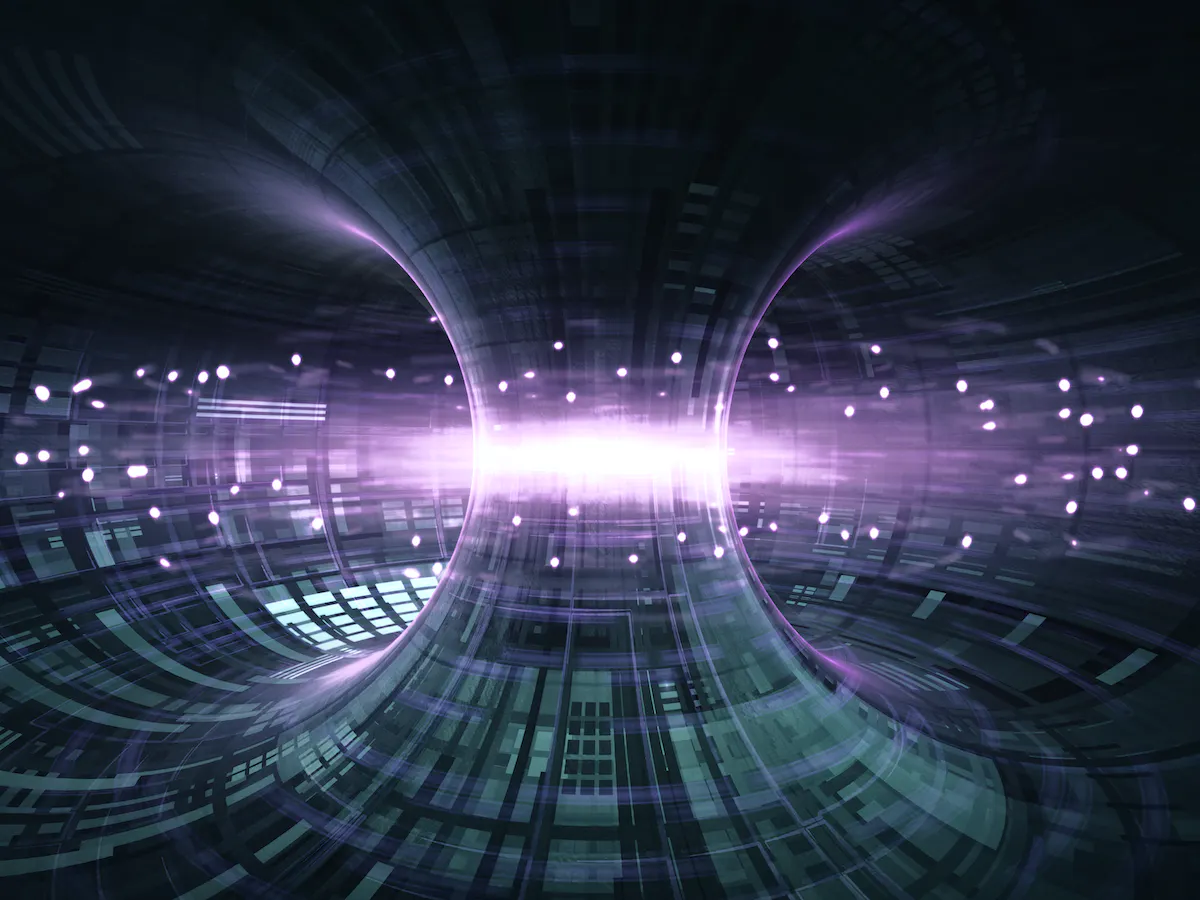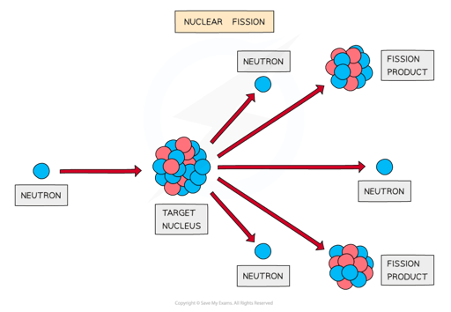
FTX is going bankrupt, how this happened and what does it mean for crypto market?
What caused FTXs bankruptcy? This is a question that has...
Read MoreLogin
Register
No products in the cart.
/ by Raphael Ketterer | Leave a comment

We are living an energy crisis
The energy sector is deeply in crisis since many years, the cost of energy is climbing more than ever, and nations are struggling to propose stable energy price to the population. Petrol price is unstable, and producers decided to reduce the production to make the price higher. Moreover, since Putin announced the invasion of Ukraine, European counties decided to stop importing energy from Russia, which caused the markets to panic and multiplied the global price of electricity and gas. The area which is most impacted by the crisis is the European one, because they are for a large part dependent on imports to ensure energy production / distribution. Indeed, more than 50 % of their energy comes from importation, while Russia imports account for almost 25%. The average energy price has increased by 30% from 2021. These increases have also had indirect consequences as the decline in the stock market or in the value of the euro.

The stability and independence of energy is a very strategic point for nations around the world. They need to find ways to produce energy locally with local ressources.
Environmental Crisis
As everyone know, the environment is in a bad shape, carbon concentration in the atmosphere in at its higher point in the past 800 000 year and its consequences could be disastrous for humans. Energy creation is the main cause of CO2 emissions, we use energy for everything from traveling to agriculture, it’s impossible to leave without it. But most of the countries signed the Paris accords on climate, promising that they will decrease the amount of CO2 emissions. With the same energy mix and with an increasing demand, this is impossible. One’s can argue that there are ways to produce energies without CO2 emissions, they are called renewable energies. In this category, we can find solar panels, wind turbines or hydraulic dams. The problem with these energies is that there are intermittent, a solar panel will produce energy only the day and mostly on summer, a wind turbine will produce only in windy days and a hydraulic dam will not produce in droughts. Solutions could be to store this energy in batteries or kinetic stockage, but it would be too expensive and would take too much place.
Countries need to find ways to produce large amount of energy without too much CO2 emissions and without intermittence.
Is nuclear fission a solution?
Nuclear fission plans have been democratized in occident during the 60’s to provide constant and large amount of electricity to populations. It consists of throwing protons into uranium to break the atom in smaller atoms, doing so, it releases a large quantity of heat that is used to create vapor and then electricity with a turbine.
Nuclear fission are common nuclear plants that we can find in many countries, and it can account for a large percentage of electricity production. France is one of the countries that account one of the largest shares of nuclear electricity production with almost 70%. It allows the country to limit the price of electricity for its citizen as the uranium is inexpensive. Moreover, nuclear fission is classified as low carbon because the chemical reaction allowing this kind of plant to produce electricity don’t produce CO2 emissions. The only emissions are caused by the infrastructure maintenance and supply transport.

There are two main problems with nuclear fission, first, uranium need to be imported from other countries as a lot of countries don’t have the resource. Second, nuclear fission creates radioactive wastes that are complicated to treat and can stay dangerous for thousands of years if no millions. Moreover, there is a possible risk of radioactive leaking that can lead to disastrous as in Fukushima.
Energy production should be safe for exploitation and reliable for countries to bet on it.
What is nuclear fusion ?
Nuclear fusion is the inverse of nuclear fission. Instead of breaking big atoms (that contains a lot of protons / neutrons) in smaller parts, its principle is to take small atoms and make them merge. This reaction is what’s power the sun and all the other stars, the purpose of nuclear fusion is creating a miniature sun on earth. The two consumables that need to be used are deuterium and tritium, they need to be heated to 100 million Celsius degrees (almost 5 times hotter than the sun) to become a plasma. The plasma will disable the nuclei repulsion and allow the atoms to fusion, the reaction that create heat which can be transformed into electricity. The product of this reaction will be helium (that’s what is in our balloons) and a neutron. The rector can take the form of a tokamak (donut shape) which is the most common one but other experiments try with lasers or other shapes.

What are the advantages of nuclear fusion?
First, deuterium can be created using water and tritium that can be issued of lithium, 33rn most abundant element on earth. Moreover, nuclear fusion would consume little of these element, 4 liters of sea water could produce as much energy as 1 136 liters of petrol. Almost every country of this planet would be able to produce deuterium and tritium from local natural resources and the supply would be quasi – unlimited and low cost.
During the reaction, some radiations are created making some part of the power plant radioactive, but the radioactivity would be there for only few decades which is nothing compared to nuclear fission. Moreover, it doesn’t product nuclear wastes other than the reactor itself and the reaction is safe and cannot create huge explosion.
As nuclear fission, the nuclear fusion reaction doesn’t produce carbon emissions, it could be a really good alternative to fossil fuel. Moreover, it is not dependent to weather and day night cycle as renewable energy, it could be used along them to maintain constant electricity production.
So why don’t we use it, what are the disadvantages?
Well, it doesn’t work for now.
The problem is that reaction only occurs on precise pression and temperature conditions that are difficult to reach for scientists. 100 million Celsius degrees are needed to start the reactor and create plasma and that state need to be keep long enough to create a net power gain. The plasma needs to be conditioned in a magnetic field to prevent any disruption from breaking the reactor apart. In theory, it should work, and a lot of projects are working on it around the world. Some projects are currently creating plasma and we are very close from the breakeven point or Q1 (power created is higher than input power). The word record has been reached by KSTAR (Korea Superconducting Tokamak Advanced Research) maintaining a 100-million-degree plasma for 30 seconds. ITER or International Thermonuclear Experiment Reactor should be able to produce net power. But the first tries are planned for 2035.

ITER Organization, april 2022
How can digital accelerate the research ?
Artifical intelligence
As said before, one of the main problem of nuclear fusion is that the plasma need to be confined with extreme precision and to be controlled millisecond by millisecond. A Swiss team of searchers at the Swiss Plasma Center and the DeepMind company published an article in Nature few months ago. They were making experiments to train a deep reinforced language to control the plasma using some controllers as temperature and magnetic field intensity. The artificial intelligence issued more than expected results maintaining the plasma. The experiment also helped to discover that other plasma shapes could be used to make the reactor generate more power.

DeepMind & SPC/EPFL
The AI was trained thanks to a digital twin
Before making the first experiment on the real reactor, the deep RL needed to learn about the experiment. In order to achieve that, the searcher team created a virtual copy of the reactor called “digital twin” and simulate how it works but for a fraction of its cost. This helped the RL to train itself several time in a short period.
What caused FTXs bankruptcy? This is a question that has...
Read MoreTwitter is a microblogging website and mobile application, where users...
Read MoreReferences:
https://www.iter.org/fr/accueil
https://en.wikipedia.org/wiki/Nuclear_fusion
https://www.energy.gov/science/doe-explainsnuclear-fusion-reactions
https://fusionforenergy.europa.eu/what-is-fusion/
https://www.deepmind.com
https://www.futura-sciences.com/tech/actualites/intelligence-artificielle-fusion-nucleaire-deepmind-aide-physiciens-controler-plasma-tokamaks-96828/
https://www.ictjournal.ch/articles/2022-02-21/lepfl-et-deepmind-puisent-dans-lia-pour-maitriser-la-fusion-nucleaire